Online
help
Learning at your own pace, or facilitated by an instructor
Business Budgeting for Beginners (Self-Guided)
What You Will Learn
If the idea of creating a budget for your business, department, or project seems overwhelming, this course will alleviate all of those fears. Taught in an approachable and relatable format, this course walks you through the budgeting process so you can go from numbers averse to budgeting super-hero. The downloadable templates included in the course allow you to easily and quickly take what you learn and apply it to your job. The storytelling used throughout the course makes the topic more approachable and engaging so you can obtain the soft skills that will help you be successful implementing and tracking a budget in the real world. Finally, the course challenge is something that will pique your curiosity at the beginning of the course and provide motivation to complete the course and continue learning the material.
A company's budgeting process involves a lot more than just rows and columns of numbers on a spreadsheet. The reality is that budgeting is a sometimes organic and sometimes organized process. Most often, it's an equal mix of both in an attempt to add some level of certainty to an uncertain future. These processes are what we are going to explore in this course. You will be introduced to different strategies employed during the budgeting process, the techniques and tools that are commonly used to make budgeting forecasts, the components of a basic operating budget, and how businesses make certain decisions that may impact their budgeted amounts.
Online
help
Learning at your own pace, or facilitated by an instructor
$169.00
Business Budgeting for Beginners (Self-Guided)
Selected Course
Dates:
Course type: Small Business Finance
Location: Online Campus Map
Contact Hours:
Course Code: BUSFIN-2100-3
Category: Small Business Finance
Contact Hours: 24.0
Format: Online
Schedule Details:
After registering for this course, you can come back to the catalog to register for more courses.
Issues with registering? Please contact us at CERegistration@jccc.edu or call 913-469-2323.
Similar Courses




